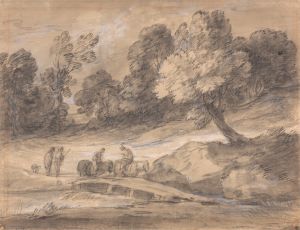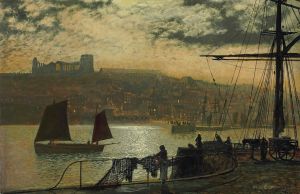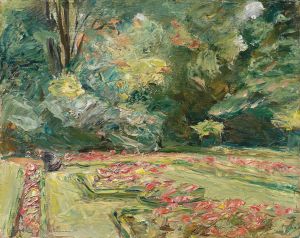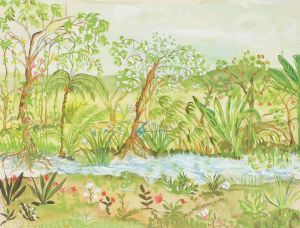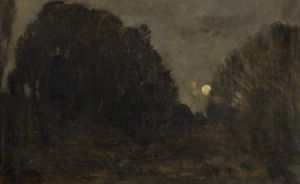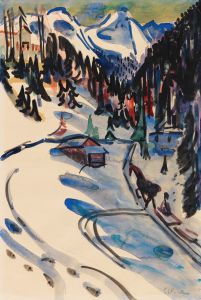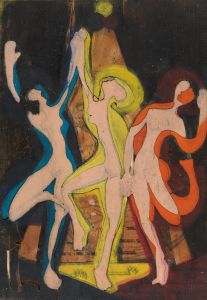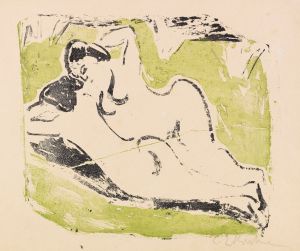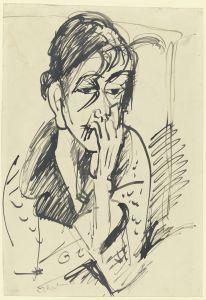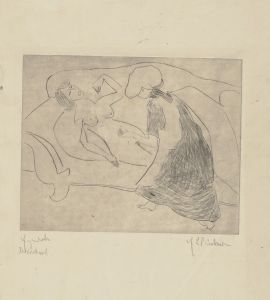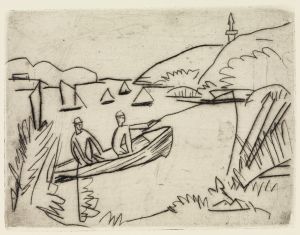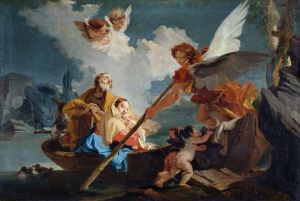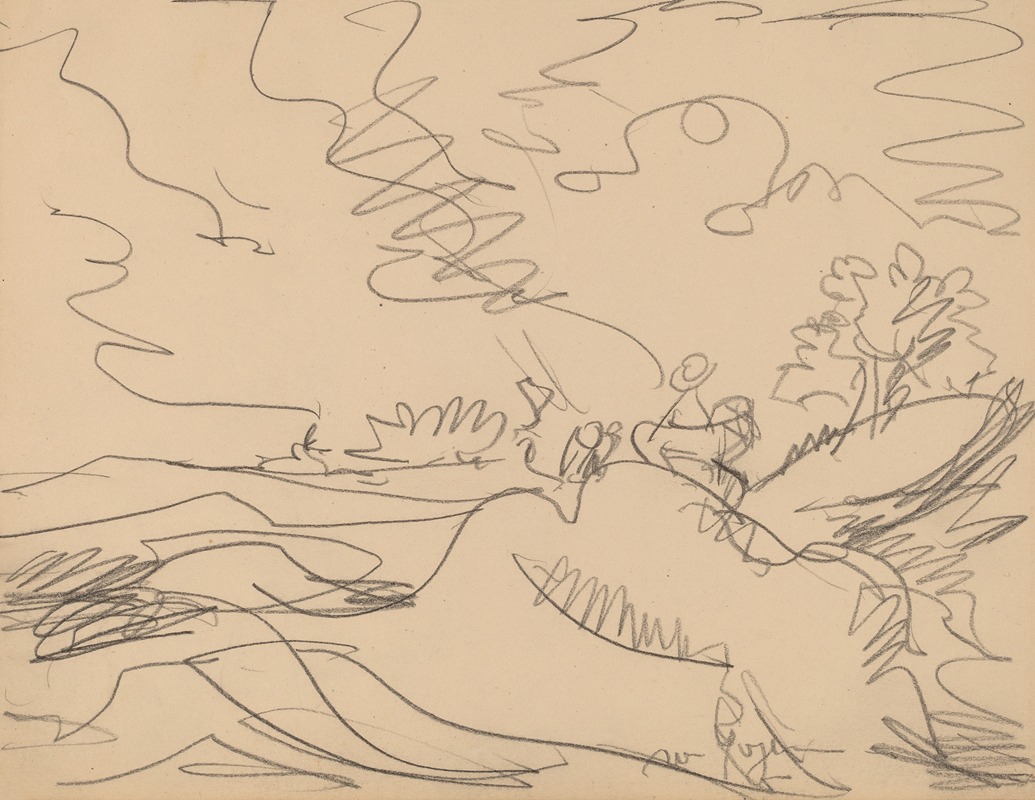
Landscape in the Taunus
A hand-painted replica of Ernst Ludwig Kirchner’s masterpiece Landscape in the Taunus, meticulously crafted by professional artists to capture the true essence of the original. Each piece is created with museum-quality canvas and rare mineral pigments, carefully painted by experienced artists with delicate brushstrokes and rich, layered colors to perfectly recreate the texture of the original artwork. Unlike machine-printed reproductions, this hand-painted version brings the painting to life, infused with the artist’s emotions and skill in every stroke. Whether for personal collection or home decoration, it instantly elevates the artistic atmosphere of any space.
Ernst Ludwig Kirchner's Landscape in the Taunus is a painting created by the German Expressionist artist, who was a founding member of the influential art group Die Brücke (The Bridge). Kirchner is widely recognized for his bold use of color, dynamic compositions, and innovative techniques that helped define the Expressionist movement in the early 20th century.
The painting depicts a landscape in the Taunus region, a low mountain range in Hesse, Germany. This area is known for its natural beauty, with rolling hills, dense forests, and picturesque villages. Kirchner's interpretation of the Taunus landscape reflects his characteristic style, emphasizing emotional intensity and subjective experience over realistic representation. The work likely features vibrant, non-naturalistic colors and expressive brushstrokes, hallmarks of Kirchner's approach to capturing the essence of a scene rather than its literal appearance.
Kirchner's landscapes often reveal his deep connection to nature and his interest in exploring the interplay between the natural world and human emotion. During his career, he frequently sought inspiration from rural and mountainous settings, finding solace and creative energy in these environments. While specific details about the creation of Landscape in the Taunus are not widely documented, it is consistent with Kirchner's broader body of work, which often focused on landscapes as a means of expressing his inner state and artistic vision.
The painting is part of Kirchner's extensive oeuvre, which includes not only landscapes but also portraits, cityscapes, and scenes of modern life. His work was deeply influenced by the rapid social and cultural changes of his time, as well as by his personal struggles, including his experiences during World War I and his later health issues. Despite these challenges, Kirchner remained a prolific and innovative artist, leaving a lasting legacy in the history of modern art.
As with many of Kirchner's works, Landscape in the Taunus reflects the artist's commitment to pushing the boundaries of traditional artistic conventions. His contributions to Expressionism have had a profound impact on the development of modern art, and his works continue to be celebrated for their emotional depth and visual power.
Further details about the specific provenance, current location, or exact date of creation for Landscape in the Taunus are not readily available in public records.





